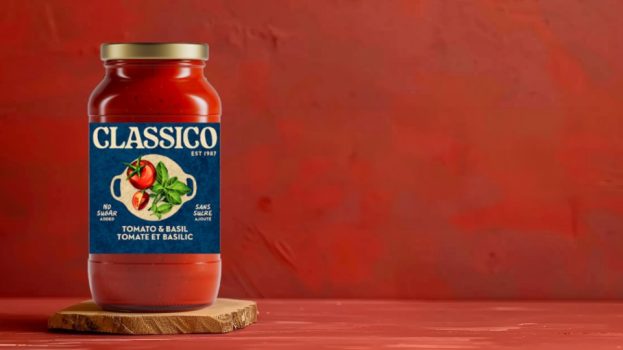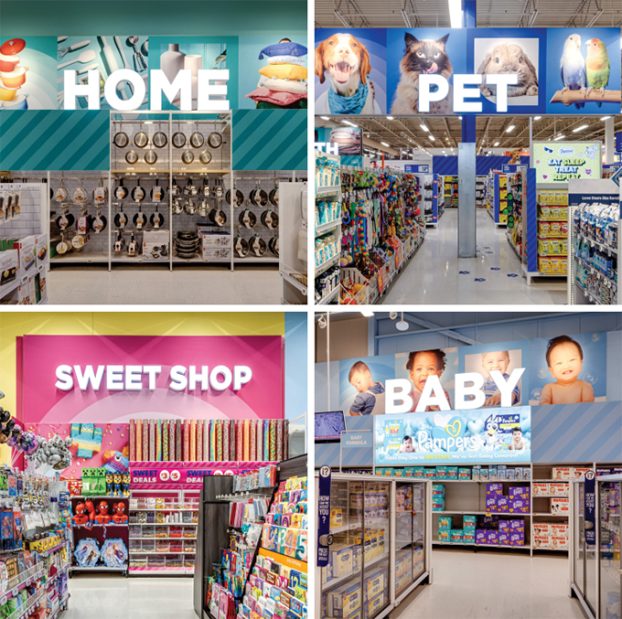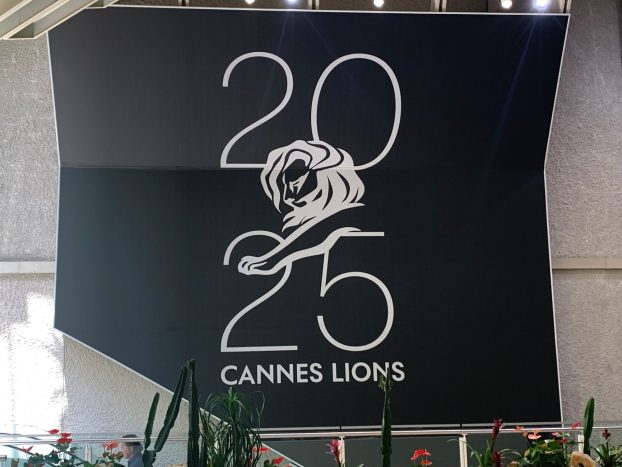
Over the past several years, GreenShield has been actively making acquisitions in the health technology sector, adding eight new brands to its fold as part of its broader strategy to position itself as the country’s only payer-provider.
Now, the company is restructuring and rebranding to clarify how all of its pieces fit together and position itself to better tell its story to the public at large.
“This rebrand is about a lot more than just logos and labels,” explains Mandy Mail, SVP of marketing and communications. “It repositions us as the integrated health and benefits company that is giving Canadians the healthcare experience they’ve always been waiting for. Visually, the new branding unites all of our offerings and reflects that we’re an innovative, tech-forward payer-provider.” Mail joined the insurer nine months ago with the mandate to build out its marketing and awareness efforts. This repositioning is the first step in that mission.
Since joining the company, Mail has been working to assemble “a strong, integrated agency team” – naming Broken Heart Love Affair as its creative agency of record and tapping Heads + Tales on PR. Epitaph, Public and Sklar Wilton flush out the lineup.
With its integrated team, the company has shifted from its traditional “house of brand approach” – it previously operated more than 50 unique brands – down to four distinct brands, all bearing the GreenShield name, as well as the line of business they are responsible for: Insurance, Health and Administration, which will work in an integrated way “to provide the right solution for each of our customers,” Mail says, as well as GreenShield Cares, which oversees its social impact efforts.

“We are essentially vertically and horizontally integrating, and by doing that, we’re simplifying the whole journey and cutting out the hoops that people have to jump through when they’re just looking to take care of their own health,” Mail explains.
The rebrand and repositioning isn’t intended to alter the company’s strategy or ethos – in fact, it’s in service to it.
“Sometimes, you need the eye of a marketer to really understand how to simplify what is going on. The strategy was sound; there was a strategic plan, and all of the pieces were moving forward in a really solid way. But it was complicated and overwhelming,” Mail explains. “If you took it to a new client and tried to explain what we were doing, then you flashed a slide with 50 different logos while saying we were totally integrated, cohesive and trying to make it easy for people, it didn’t feel like it.”
The new branding isn’t only for the benefit of clients, however. It has also helped improve cohesion and increase investment among the company’s 1,400 employees, “getting them all on the same page, sharing the same narrative and excited about where we are going.”
The new branding is now launching publicly, with “high-level marketing about what we’re doing,” Mail says. The next step is to take the “big idea” and “make some noise, excite people, and maybe scare our competitors.”
“We needed to come out with the branding before the big campaign, from a timing perspective, so that we could start to seed the story. But we have definitely not peaked,” she explains. “There will be a lot coming from us over the next year that will be very exciting, starting with a social impact campaign in May and then a broader marketing campaign in the Fall.”























